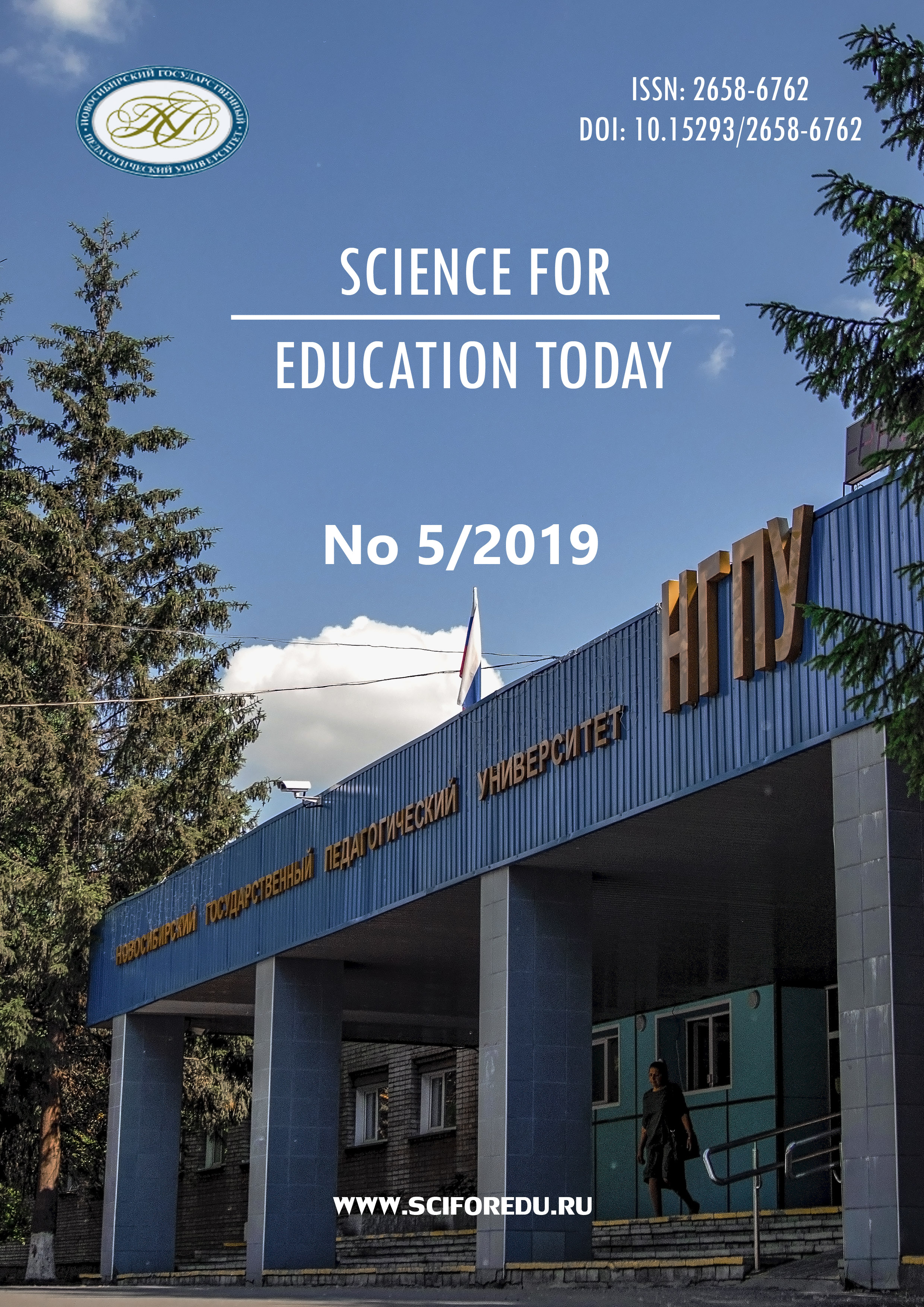Об одной концепции топологии человеческой рефлексии в сравнении с конечными автоматами
The topology of human reflection: Comparison with finite automata
Author(s): Victor Maratovich Trofimov Subject(s): Developmental Psychology, Sociobiology
Published by: Новосибирский государственный педагогический университет
Keywords: Human reflection; Experiences-structures; Möbius strip; Orientation of the experiences-stripes; Computability of process; Finite automaton; Non-computability of reflection
Summary/Abstract: Introduction. The questions of how a pure thought sets the material nature of muscles in motion, and how any child handles them more efficiently than the most perfect robot, remain the simplest in form and the most complex in content. The aim of this research is to identify the topology of reflection, to reveal how a cognizing subject perceives the object and vice versa. This mechanism is considered to be partially computable, but, in general, non-computable. Materials and Methods. The algorithmic side of the thinking mechanism is represented on the basis of the general principle of a Turing machine. But this is only a local property of the model. The sequence of topologically special objects – the Möbius strips – organizes directed reflection as a whole, and this process is no longer computable, as it is inherent in the Turing machine. Results. Relatively independent closed ‘perception-reflection’ cycles represent real experiences of perception in the form of undirected topological structures – Möbius strips. On the basis of these experiences, examples of purposeful reflection and in some geometric sense, the opposite examples of intuitive mental acts can be built. Real reflection involves both types of experience orientation-tapes. An attempt is made to answer the question of the connection of non-material structure with material ‘experiences’ in the process of reflection. Conclusions. In the proposed model, the manifestation of human consciousness is most closely related to the ‘map’ of possible orientations which set the direction of the cascade of reflections. Moreover, the operational manifestations of possible human conscious understanding concern the recording process on the ‘back side’ of a conditional tape loop, and transitions to the other loop in a single cascade.
Journal: Science for Education Today
- Issue Year: 9/2019
- Issue No: 5
- Page Range: 110-124
- Page Count: 15
- Language: Russian

